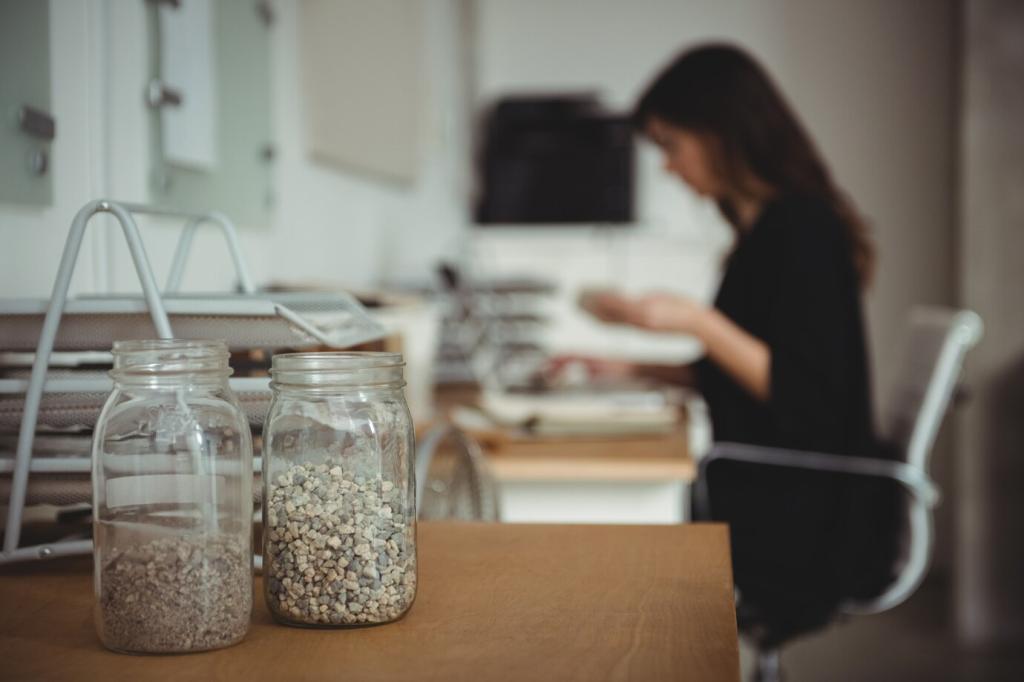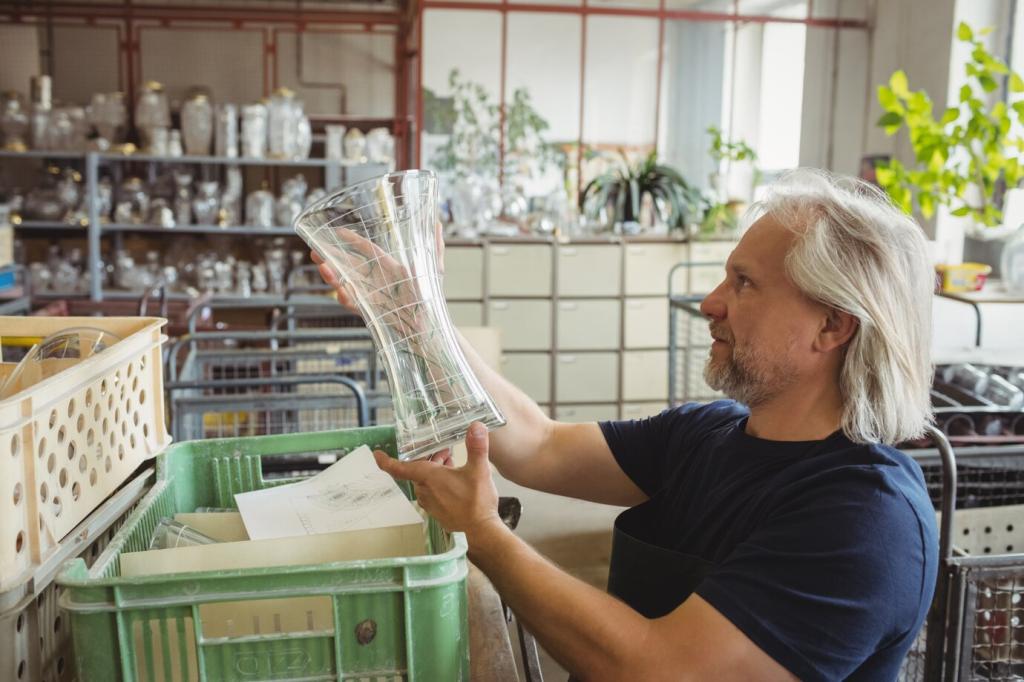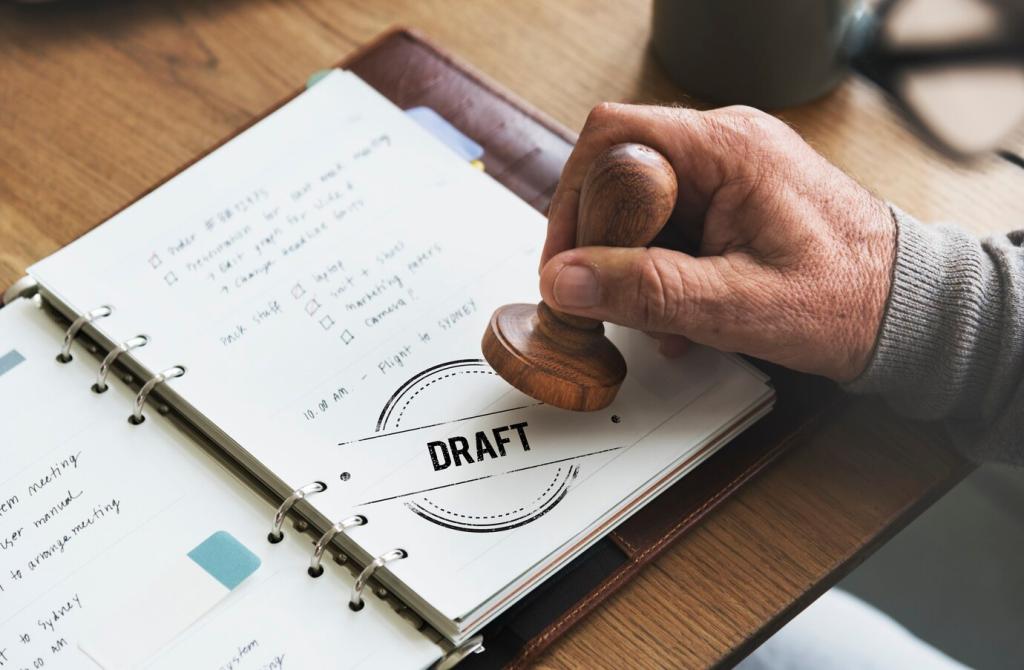
Shield Your Home: Preventing Sunlight Damage to Furniture
Chosen theme: Preventing Sunlight Damage to Furniture. Welcome to a bright, friendly guide that turns harsh rays into gentle light, helping you preserve the beauty, color, and character of your favorite pieces. We’ll share smart fixes, human stories, and practical steps you can try today. Join the conversation, subscribe for fresh tips, and tell us which piece you want to protect first.
Why Sunlight Damages Furniture
The Science of Fading: UV, Visible Light, and Heat
Ultraviolet rays break down dyes and finishes, visible light accelerates bleaching, and heat dries out wood and leather, making cracks likelier. Even through standard window glass, UVA penetrates and silently works over months. Knowing these forces helps you plan multilayer defense. Have you noticed uneven fading near windows? Share your observations so we can tailor tips to your space.
Materials at Risk: Wood, Fabrics, Leather, and Rattan
Aniline-dyed leather dries and lightens, cotton upholstery fades along seams, and walnut can shift from rich brown to brassy tones. Varnishes yellow, and natural fibers weaken faster than solution‑dyed synthetics. Rattan grows brittle when heated. Identify your most vulnerable pieces and treat them first. Tell us what you own, and we’ll recommend targeted protection ideas in future posts.
Early Warning Signs You Can Spot
Look for shadow lines where coasters sat, lighter cushion tops versus undersides, and a powdery feel on leather. Gloss loss on tabletops is often the first finish failure, followed by patchy color shifts. Catching these clues early lets you intervene with window films or slipcovers. Comment with a photo description of your trouble spot, and we’ll suggest a next step.

Choosing Furniture and Finishes That Resist Sun
Fabrics That Fight Fading
Solution‑dyed acrylics and polyesters embed color into the fiber, offering stronger fade resistance than piece‑dyed cottons or linens. Tighter weaves reduce light penetration, and darker colors need UV strategy to avoid chalking. Pair resistant fabrics with protective sprays designed for UV. Curious about a specific textile? Drop the fabric type below, and we’ll rate its sun durability.
Wood Species, Stains, and Protective Topcoats
Light‑stable pigments outperform certain dyes, and finishes with UV absorbers add crucial shielding. Maple and cherry change tone quickly; walnut warms; oak tends to hold grain character but still shifts. Waterborne finishes with UV inhibitors can help maintain color longer. Considering refinishing? Ask us which topcoat suits your piece, and subscribe for our finish comparison guide.
Leather Care Under Bright Windows
Full‑aniline leather looks luxurious but needs conditioning and shade to avoid dryness. Semi‑aniline and protected leathers fare better, yet still appreciate UV filtering. Use conditioners with UV filters sparingly and test in hidden spots. Have a leather chair you love? Tell us its type and exposure hours, and we’ll suggest a maintenance rhythm that works.
Layout, Habits, and Small Daily Defenses
Reposition, Rotate, and Redistribute Light
Pull furniture six to twelve inches back from sun‑splashed zones, angle seating away from direct beams, and rotate cushions monthly to even exposure. Reflective surfaces can bounce rays—move mirrors strategically. A tiny tweak today often prevents an expensive refinish later. What layout challenge do you have? Share it and we’ll brainstorm subtle shifts.
Protective Throws, Table Runners, and Slipcovers
At peak sun, use breathable, light‑colored covers to intercept rays. A linen throw over a leather arm each afternoon can block cumulative damage. Table runners guard the center strip that often bleaches first. Make it a habit, not a chore. Want stylish options? Comment on your decor style, and we’ll curate protective textiles you’ll actually love.
Green Shade: Plants as Natural Light Filters
Tall, leafy plants soften glare beautifully while adding humidity that wood appreciates. Place them between windows and vulnerable pieces, and rotate their position to maintain growth. It is a calming, living screen. Which plant thrives in your light? Tell us your window direction and we’ll suggest friendly species to try.
Monitoring and Maintenance Made Easy
01
Inexpensive UV indicator cards or light meters show you which windows pose the greatest risk. Tape a color‑swatch strip under a cushion for a month to reveal differences. Data turns guesswork into precision. Want a printable test kit? Subscribe, and we’ll send a quick-start exposure tracker you can use this week.
02
Dust acts like tiny sandpaper and accelerates finish wear. Microfiber dusting weekly, gentle fabric vacuuming, and quarterly leather conditioning prevent cumulative damage. Reapply fabric protectants as directed, especially after deep cleans. Need a maintenance calendar? Comment with your household routine, and we’ll tailor a plan that fits your lifestyle.
03
Stable humidity helps wood resist cracking and warping while preventing leather from drying out. Aim for moderate ranges and avoid hot, sun‑baked pockets near windows. Pair climate stability with UV control for a powerful one‑two punch. Have a tricky room that runs hot? Share details and we’ll suggest targeted fixes.


Quick Fixes vs. Long‑Term Solutions
Opt for removable UV films, tension‑rod curtains with blackout liners, and stylish throws that double as shields. Rearrange layouts seasonally to dodge shifting sun angles. It is a nimble approach that respects deposits. Renting with intense sun? Tell us your constraints, and we’ll craft renter‑safe strategies that still look polished.
Quick Fixes vs. Long‑Term Solutions
Consider Low‑E upgrades, exterior shading, and custom layered window treatments for cardinal exposures. Refinish treasured pieces with UV‑resistant topcoats and choose fade‑resistant textiles for new purchases. Strategic investments preserve value and beauty. Planning upgrades this year? Comment with your priorities, and we’ll help you sequence the work smartly.
